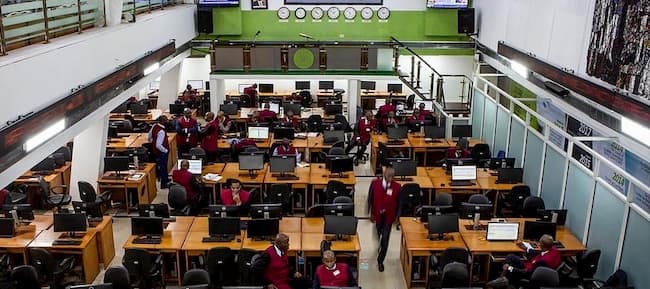The benchmark yield on secondary market-traded Nigerian government bonds fell by nine basis points as investors added more fixed-income instruments to their portfolios. An increasing number of investors were looking for investment choices to park some cash, which caused the bond market to rise.
Despite the negative consequences of the inflation rate, the bullish trend was supported by the financial system’s strong level of liquidity. A further factor contributing to the rise of fixed-income positions is the negative local currency exchange rate.
In particular, purchasing momentum on mid-to long-dated instruments was observed in the context of increased yields on financial assets.
Activities were mostly at the mid-segment of the curve, according to trader’s notes. The 7–10-year bonds sparked a lot of interest from market participants.
Buy interests in the FEB-31 FGN Bonds (-67bps), JUL-30 FGN bonds (-45bps), JUN-33 FGN bond (-33bps) and FEB-34 FGN bond (-53bps) instruments contracted the mid-segment of the curve by 28 basis points, according to Cardinalstone Limited.
However, bearish sentiments in the MAR-25 (+7bps) and JAN-26 (+4bps) instruments expanded the short end of the curve by two basis points.
The long end of the curve closed flat. Consequently, the average yield contracted 9 basis points to close at 19.41% in the secondary market.
In the money market, the liquidity level trended positive. As a result, short-term benchmark interest rates decline, according to data from the FMDQ Securities Exchange platform.
The interbank rates, that’s the open repo and overnight lending rates contracted by 382bps and 329bps, closing at 23.47% and 24.92%, respectively.













